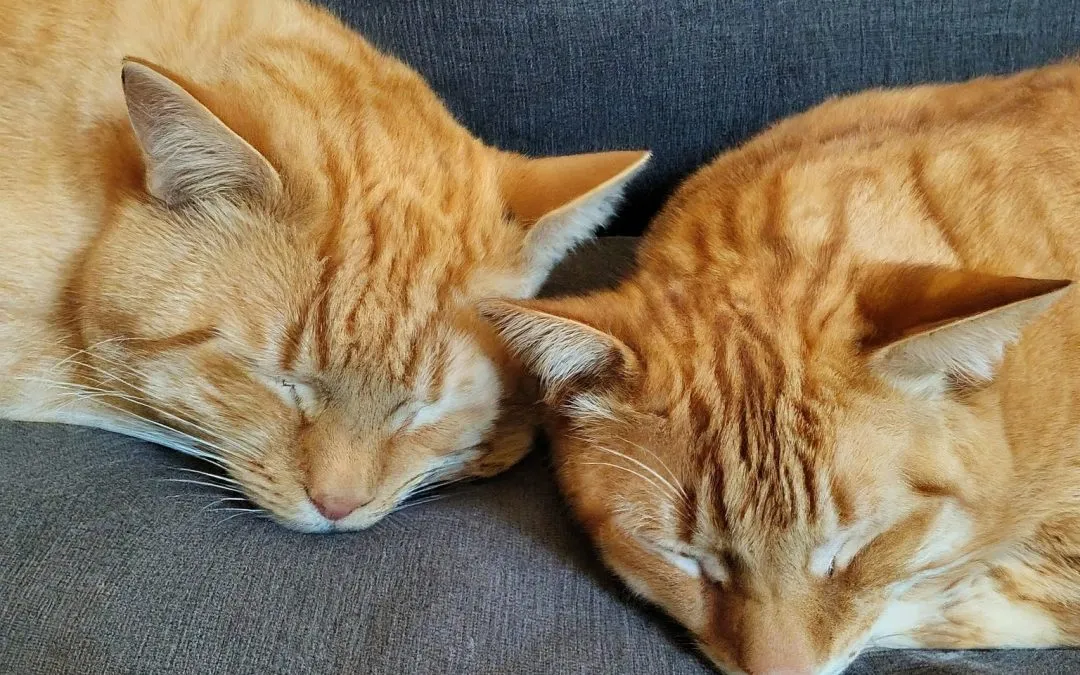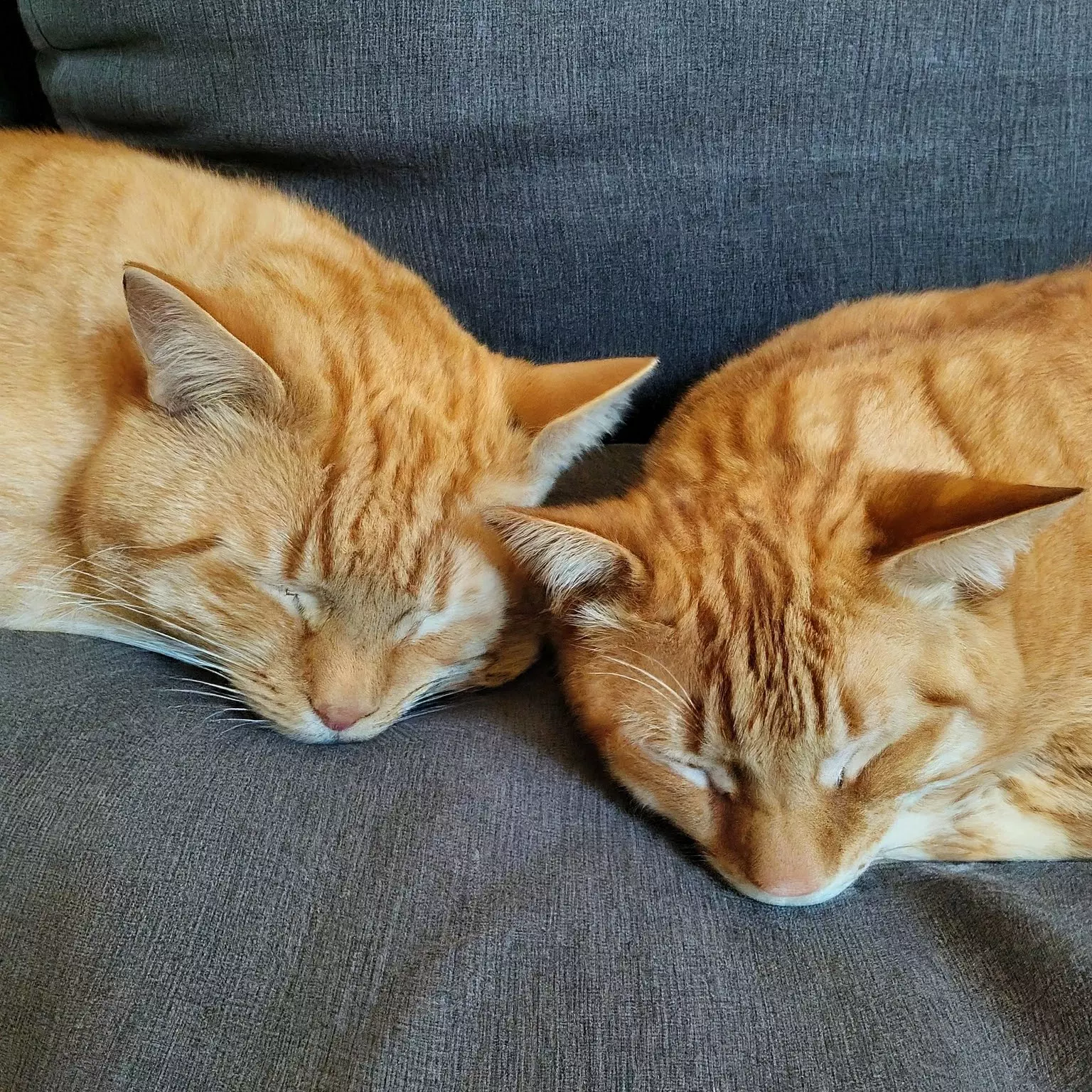
Understanding Epilepsy in Pets
Understanding Epilepsy in Pets: Causes, Symptoms, and Care.
Epilepsy is a condition that affects not only humans but also our beloved pets. Seeing your furry friend experience a seizure can be distressing, but understanding the causes, symptoms, and management options can help you provide the care they need. This guide aims to shed light on epilepsy in pets and empower you to make informed decisions for your companion’s health.
What is Epilepsy in Pets?
Epilepsy is a neurological disorder characterized by recurrent, unprovoked seizures. A seizure occurs when there is abnormal electrical activity in the brain, causing temporary, involuntary changes in behavior, movement, or consciousness. While epilepsy is often manageable, it requires proper diagnosis and treatment to ensure your pet’s well-being.
What Causes Epilepsy in Pets?
The causes of epilepsy can vary widely, ranging from genetic predispositions to environmental factors. Below are the primary categories of causes:
1. Intracranial Causes
- Idiopathic Epilepsy: This is the most common type of epilepsy in pets and is often hereditary. It is diagnosed when no structural or metabolic cause can be identified.
- Brain Tumors: Growths within the brain can disrupt normal neurological function, leading to seizures.
- Inflammatory Brain Diseases: Conditions such as meningitis, encephalitis, or granulomatous meningoencephalitis (GME) can trigger seizures by causing inflammation in the brain.
2. Extracranial Causes
- Toxins: Exposure to harmful substances like xylitol (found in sugar-free gum), chocolate, pesticides, or certain medications can provoke seizures.
- Metabolic Disorders: Low blood sugar (hypoglycemia), liver disease, kidney failure, or electrolyte imbalances can contribute to seizure activity.
- Head Trauma: Past injuries to the head can cause lasting damage that leads to seizures.
- Infections: Systemic infections, such as canine distemper or toxoplasmosis, may also cause neurological symptoms, including seizures.
Recognizing the Symptoms of Epilepsy
Seizures can present in various ways, depending on their severity and type. Common signs include:
- Sudden collapse or falling over.
- Jerking or twitching movements of the limbs.
- Stiffening of the body.
- Loss of consciousness.
- Excessive drooling, foaming at the mouth, or chomping.
- Paddling movements with the legs.
- Loss of bladder or bowel control.
Some pets may exhibit warning signs before a seizure, such as restlessness, whining, or clinginess.
What to Do During a Seizure
Witnessing a seizure can be frightening, but your calmness can make a difference. Here are steps to follow:
- Stay Calm: Panicking can make the situation worse for both you and your pet.
- Ensure Safety: Move furniture or objects away to prevent injury. Avoid placing your hands near your pet’s mouth to prevent accidental bites.
- Time the Seizure: Note how long the seizure lasts. Seizures lasting longer than 5 minutes (status epilepticus) require immediate veterinary care.
- Provide Comfort: Keep the environment quiet and dimly lit to help your pet recover.
Diagnosing Epilepsy in Pets
If your pet experiences a seizure, schedule a veterinary visit as soon as possible. Your veterinarian will perform a thorough evaluation, which may include:
- A detailed medical history.
- Physical and neurological exams.
- Blood tests to rule out metabolic disorders.
- Advanced imaging, such as MRI or CT scans, to detect structural abnormalities.
- Cerebrospinal fluid (CSF) analysis to identify inflammation or infections.
Treatment and Management Options
While epilepsy cannot always be cured, it can often be managed effectively. Treatment options include:
- Medication
Anti-seizure medications, such as phenobarbital, potassium bromide, or newer drugs like levetiracetam, can help control seizures. Your veterinarian will determine the best medication and dosage for your pet based on their condition and response to treatment.
- Lifestyle Adjustments
- Avoid Triggers: Identify and minimize potential seizure triggers, such as stress, flashing lights, or specific foods.
- Regular Check-Ups: Routine veterinary visits are essential to monitor your pet’s condition and adjust treatment as needed.
- Consistent Schedule: Keeping a stable daily routine can help reduce stress and improve overall well-being.
- Emergency Care
In severe cases, such as status epilepticus or cluster seizures, your pet may require hospitalization and emergency intervention. Intravenous medications and supportive care can stabilize their condition.
Living with a Pet with Epilepsy
Caring for a pet with epilepsy can be challenging, but with the right approach, they can lead a happy and fulfilling life. Here are some tips:
- Keep a Seizure Log: Document the date, time, duration, and any potential triggers for each seizure. This information is invaluable for your veterinarian.
- Educate Yourself: Learn as much as you can about epilepsy to feel confident in managing your pet’s condition.
- Join a Support Network: Connect with other pet parents dealing with epilepsy to share experiences and advice.
When to Contact a Veterinarian
Seek immediate veterinary attention if:
- A seizure lasts longer than 5 minutes.
- Seizures occur in clusters (multiple within 24 hours).
- Your pet shows prolonged disorientation or unusual behavior after a seizure.
- You notice new or worsening symptoms.
We’re Here to Help
At AnimalQi Veterinary Clinic, we understand how concerning epilepsy can be for pet owners. Our compassionate team is dedicated to providing expert care and guidance every step of the way. From diagnosis to treatment, we’re here to help your furry friend live their best life.
📞 Contact us today to schedule an appointment or learn more about managing epilepsy in pets.
Book an APPOINTMENT today!
Please email us at info@animalqi.co.za
Our experienced team of veterinarians is here to help your pet feel their best.
(Diagnoses and treatment advice will not be given on email or WhatsApp)



